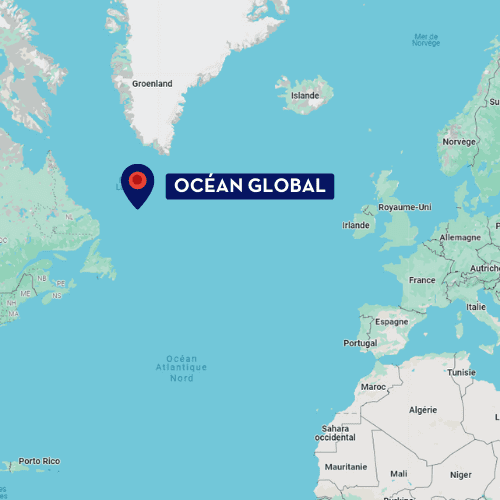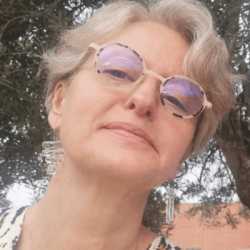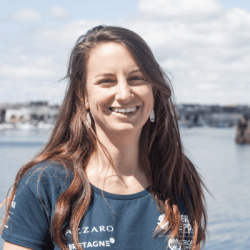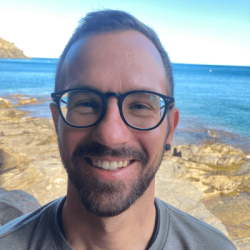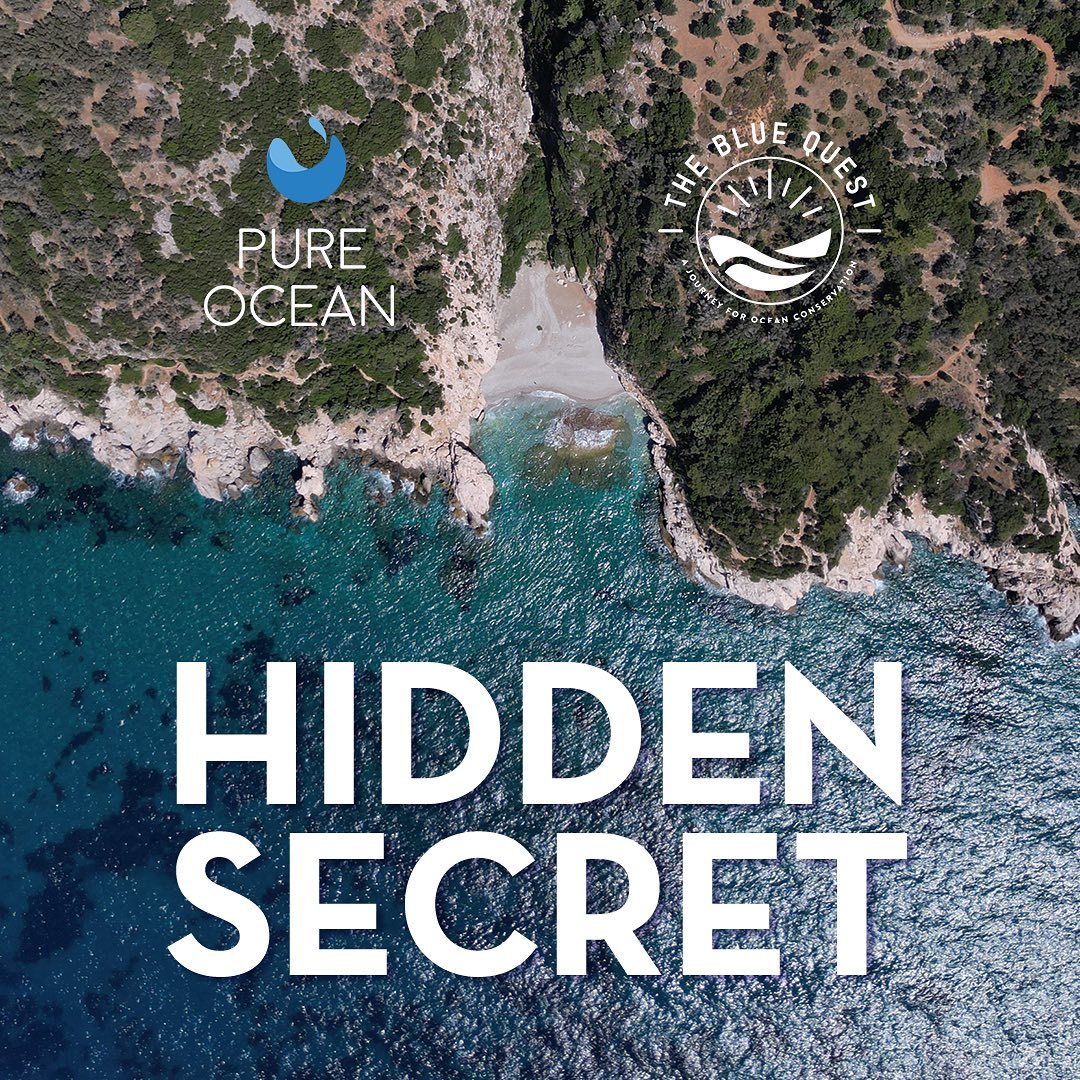
Map Atlantic marine sponges and compare their chemical compounds of interest, from the North Pole to the Equator.
THE Genesis project
CONTEXT AND MAIN ISSUES
In the shadows of the ocean, between the surface and a depth of 200m, unsuspected hotspots of biodiversity develop: marine animal forests. Light is scarce and there is little or no plant life: these environments are dominated by animals, from deep-sea corals to sea sponges, which grow very slowly, even more so in the polar regions. In these highly constrained living conditions, evolution has driven these organisms to adopt innovative strategies and produce unique molecules to feed, reproduce, defend themselves and so on. This biodiversity is an exceptional library in which the anti-cancer molecules, anti-virals and green chemistry of tomorrow already reside. This library is immense: it is estimated that 80% of the rocky seabed in the penumbra is covered by marine sponge assemblages. But it’s also under threat, locally from trawling and globally from climate change.
GOALS
Identify new bio-inspired compounds of interest for tomorrow’s medicine and green chemistry.
METHOD
In the GENESIS project, teams from the CRIOBE laboratory in Perpignan join forces with scientific divers from the Under the Pole association, based in Concarneau. They will be studying these marine animal forests along an unprecedented North-South transect: from Svalbard, to the Canaries, then the Mediterranean, and finally the Caribbean. Through samplings carried out duringdeep dives, they will draw the world’s first map of deep sponges’ DNA and their compounds of interest, and thus provide invaluable resources for tomorrow’s bioinspiration.
HOW IS THIS PROJECT INNOVATIVE?
GENESIS stands out for its collaborative approach between the CRIOBE teams and scientific divers from Under the Pole, as well as for its unique North-South transect. This innovative approach will establish the world’s first map of the DNA of sponges and their products of interest, providing valuable resources for tomorrow’s bioinspiration while helping to preserve this unique and threatened biodiversity.
A special focus in our first pure ocean documentary
Hidden Secret: A new documentary by Clément Pourtal and Jérôme Brousse (The Blue Quest).
This 15-minute documentary reveals the hidden treasures of the Mediterranean and highlights the links between several scientific initiatives that we support. At the heart of this exploration is the Aegean Corallienous project, which, with the help of local fishermen, has mapped coralligenous reefs, a rare ecosystem teeming with precious biodiversity. These reefs have attracted the attention of Under The Pole, partners in the Genesis project, which is collecting the samples studied there.
Graphic summary
NEWS

Project duration
2023 – 2025
SUSTAINABLE DEVELOPMENT GOALS
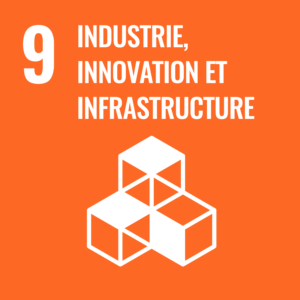
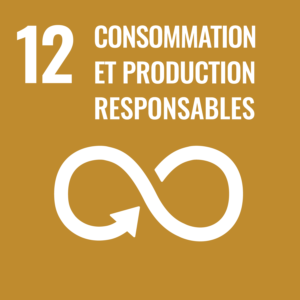
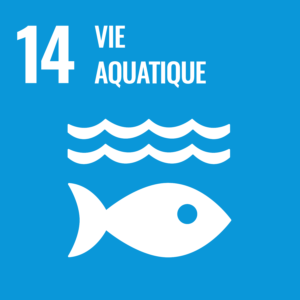
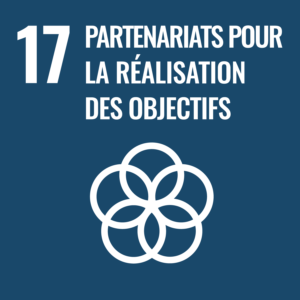
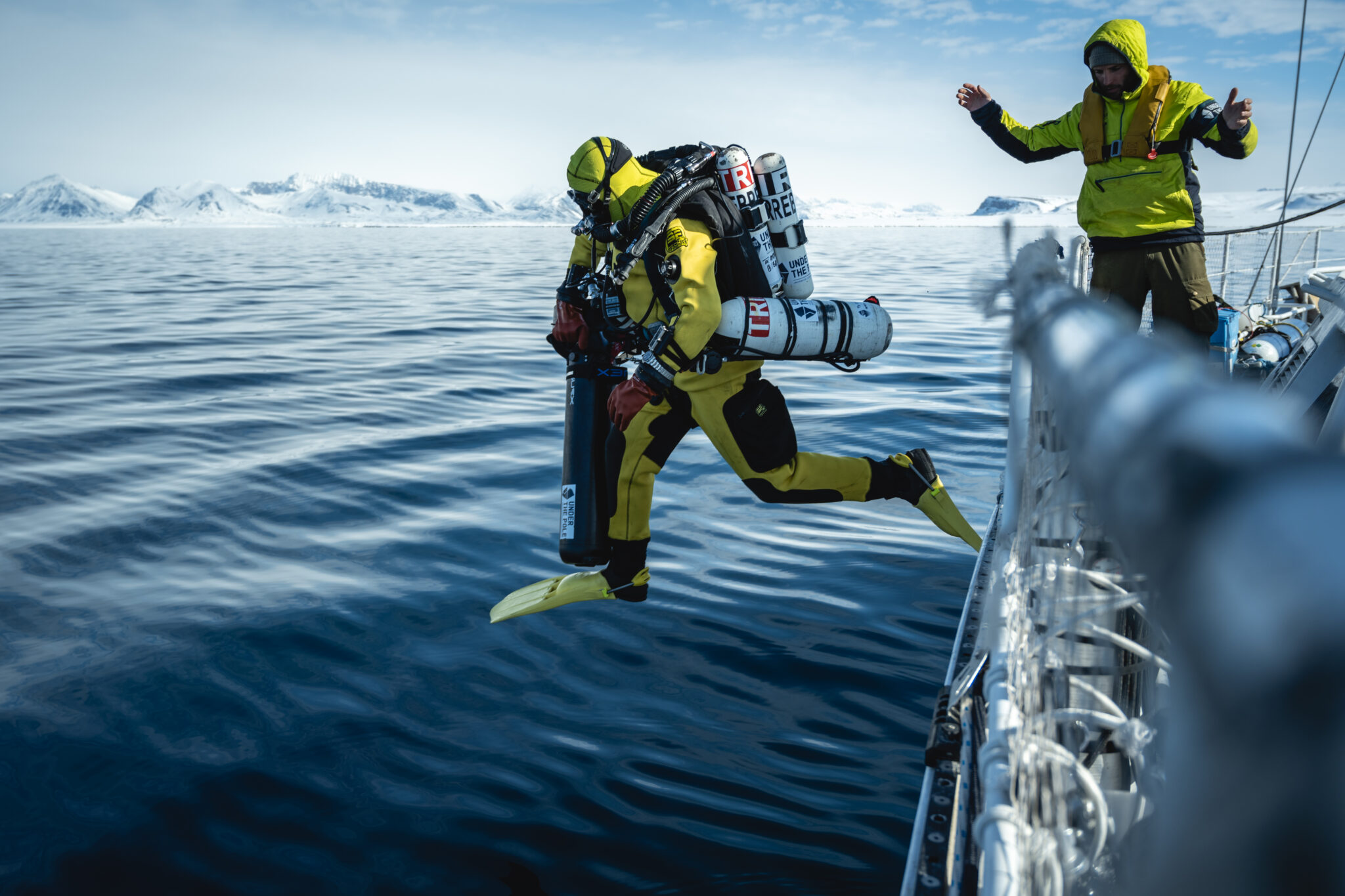
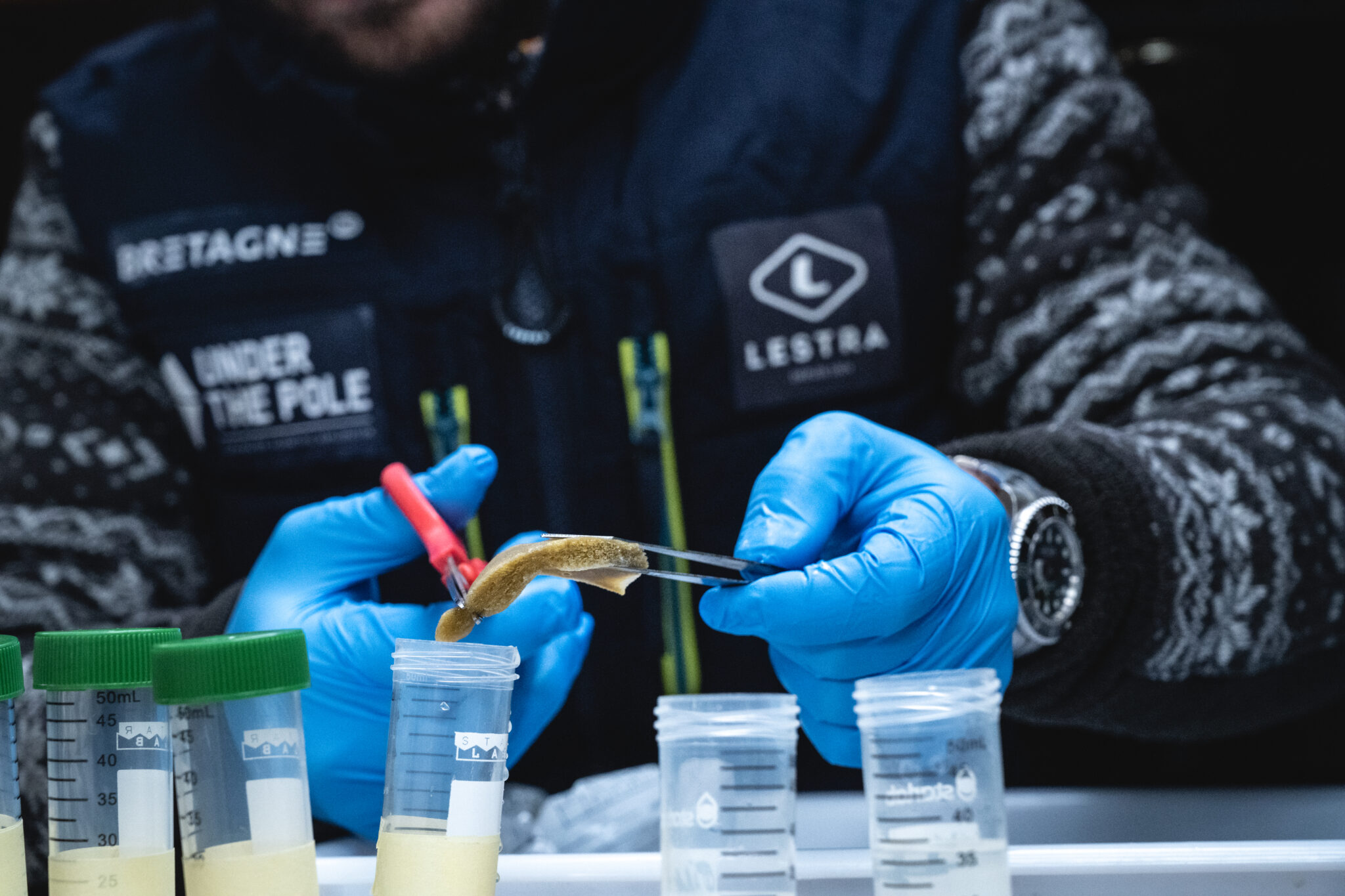
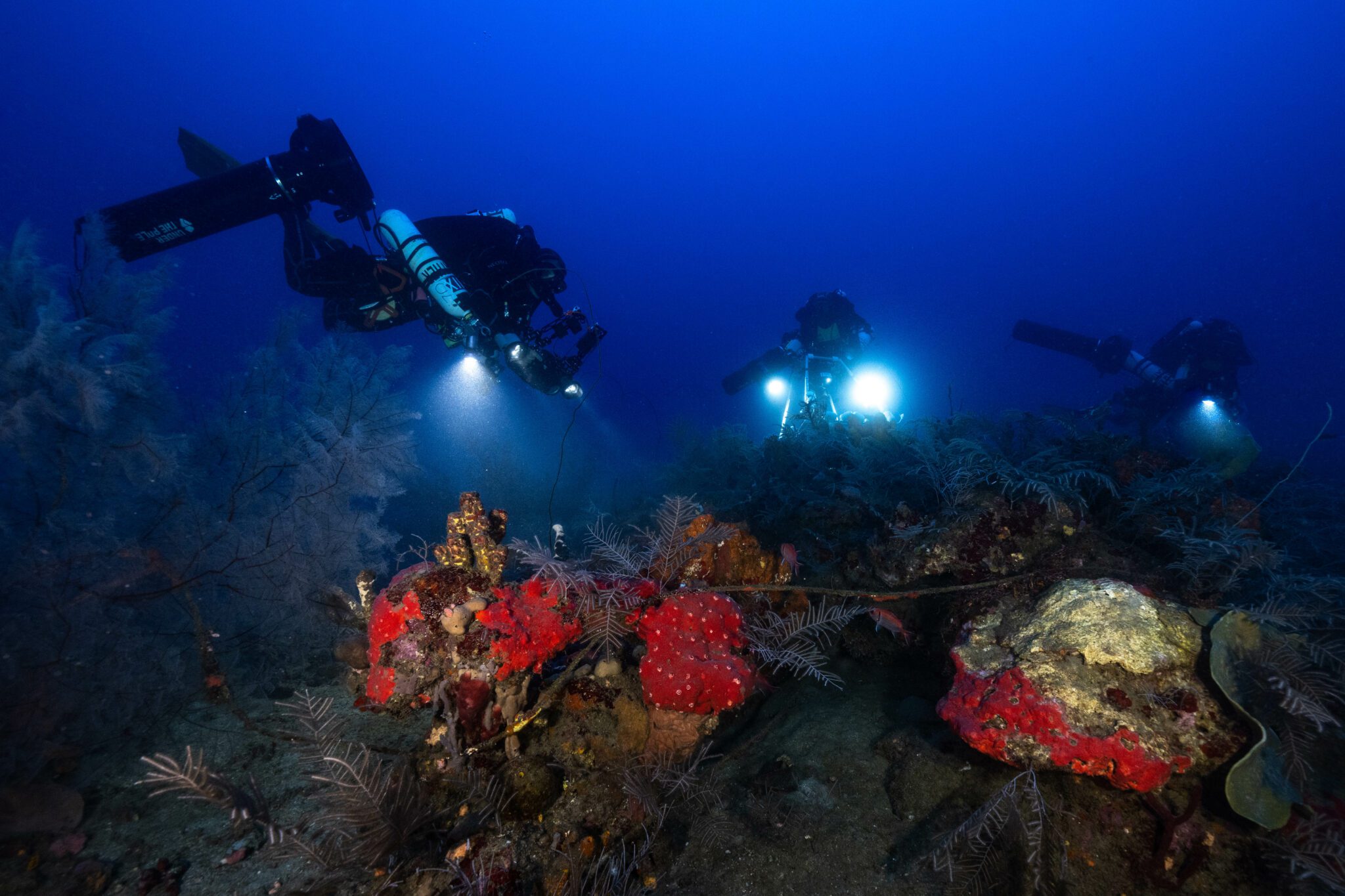
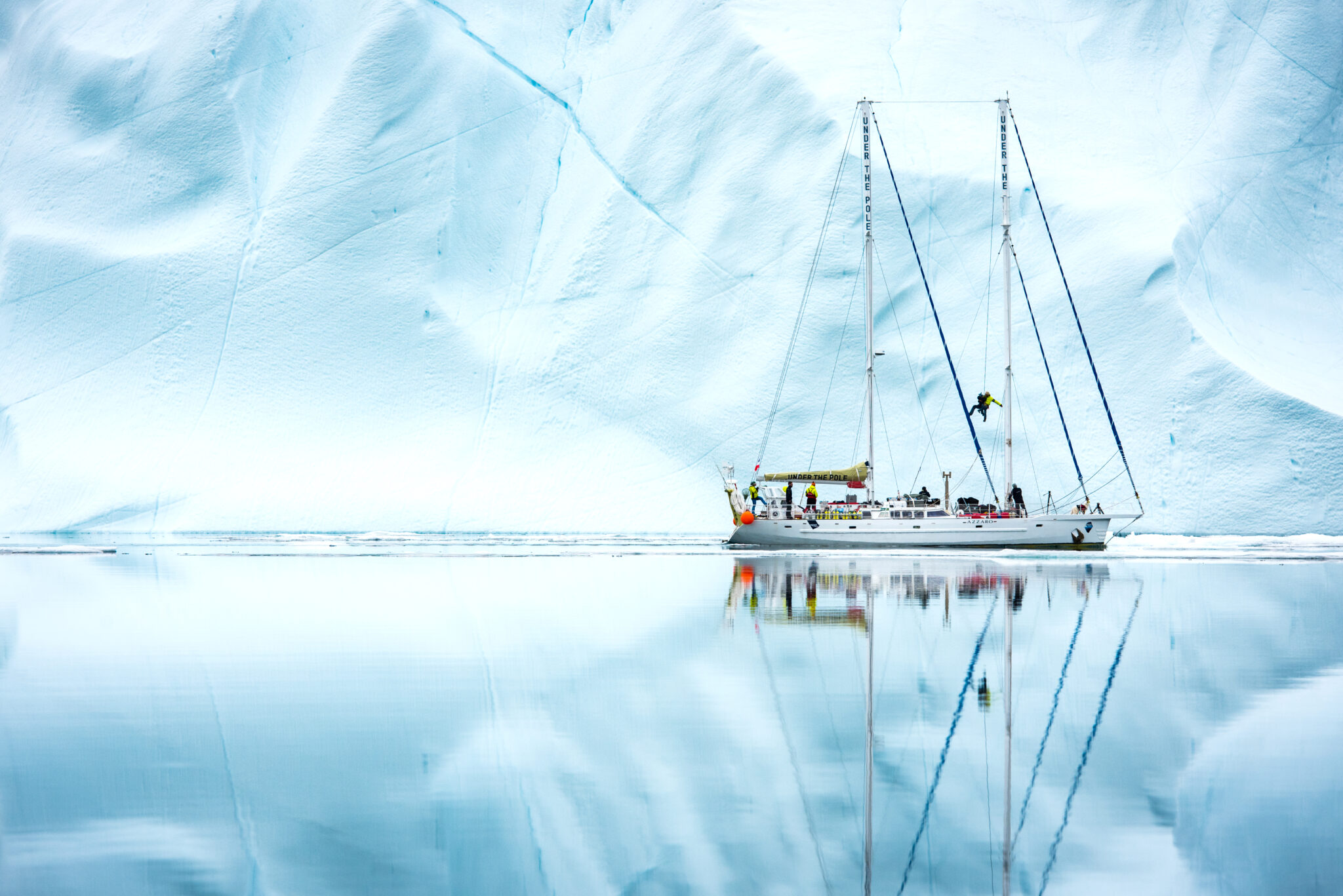
Results and advances
Coming soon
Step 1
Lorem ipsum dolor sit amet, consectetur adipiscing elit. Ut elit tellus, luctus nec ullamcorper mattis, pulvinar dapibus leo.
Lorem ipsum dolor sit amet, consectetur adipiscing elit. Ut elit tellus, luctus nec ullamcorper mattis, pulvinar dapibus leo.
étape 2
Lorem ipsum dolor sit amet, consectetur adipiscing elit. Ut elit tellus, luctus nec ullamcorper mattis, pulvinar dapibus leo.
Lorem ipsum dolor sit amet, consectetur adipiscing elit. Ut elit tellus, luctus nec ullamcorper mattis, pulvinar dapibus leo.
étape 3
Lorem ipsum dolor sit amet, consectetur adipiscing elit. Ut elit tellus, luctus nec ullamcorper mattis, pulvinar dapibus leo.
Lorem ipsum dolor sit amet, consectetur adipiscing elit. Ut elit tellus, luctus nec ullamcorper mattis, pulvinar dapibus leo.
The team
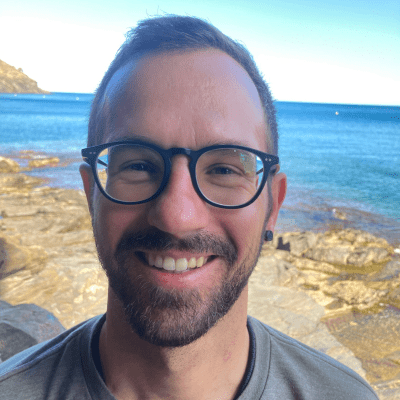
Camille Clerissi
Senior Lecturer University of Perpignan
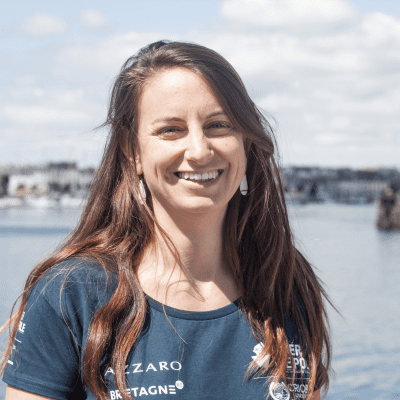
Myrina Boulais
Scientific coordinator DEEPLIFE expeditions (Under the Pole, Concarneau)
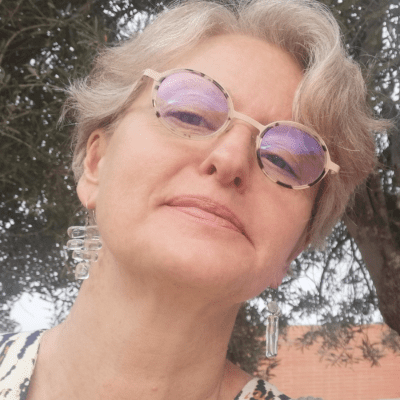
Nathalie Tapissier-Bontemps
Senior Lecturer
University of Perpignan
Isabelle Bonnard
Senior Lecturer University of Perpignan
Partners
Institutional Partners
First name Last name
Université, structure, asso,...
First name Last name
Université, structure, asso,...
First name Last name
Université, structure, asso,...
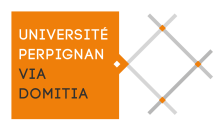
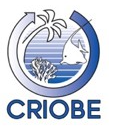
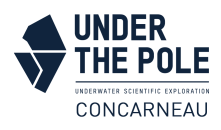

News


